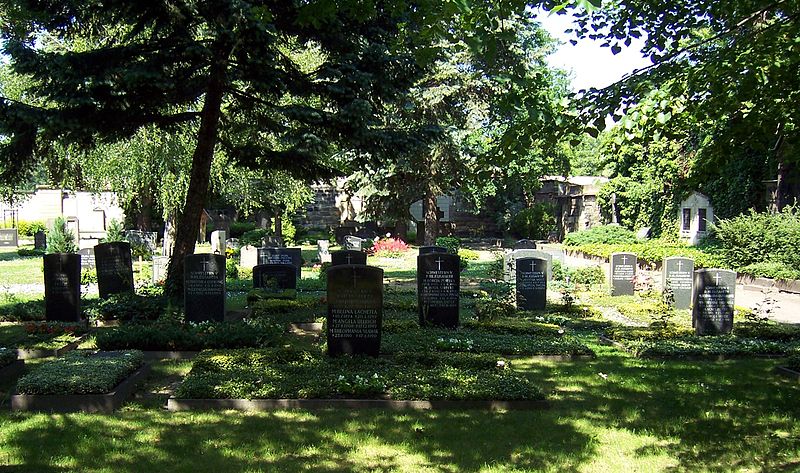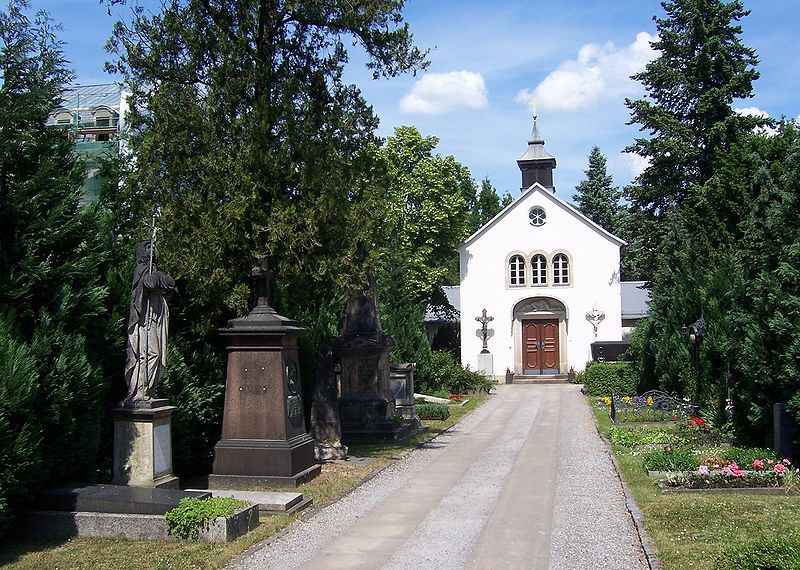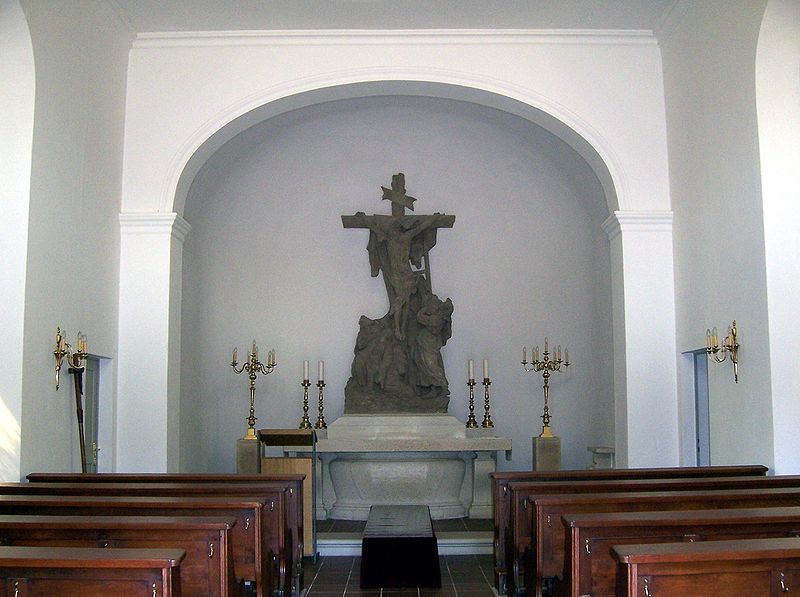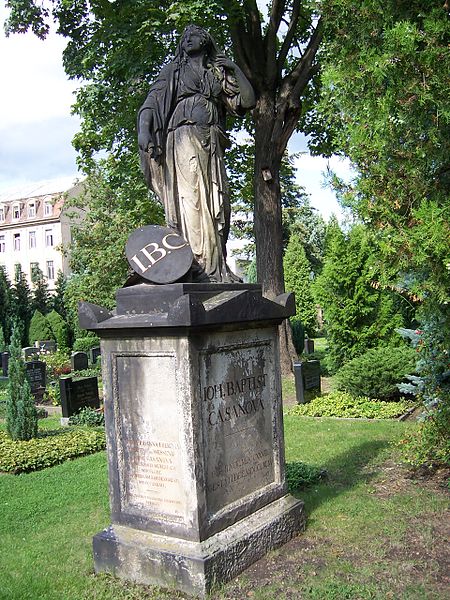Alter Katholischer Friedhof, Dresden
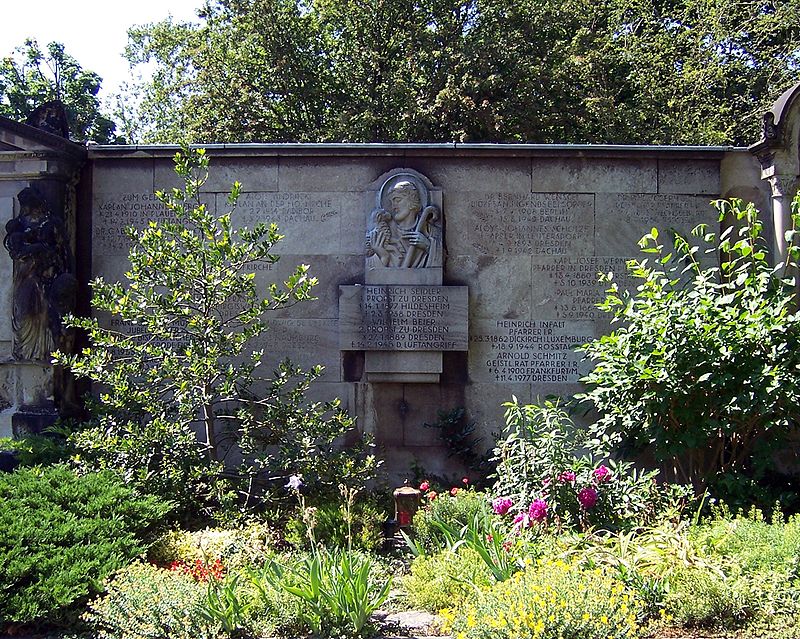
Facts and practical information
Old Catholic cemetery in Dresden, the Polish cemetery in Dresden - the second in terms of the date of the creation of the cemetery in Dresden.
The necropolis was founded outside the walls at Friedrichstraße on the basis of the decree of Augusta Mocny of October 2, 1720. Originally he served as the burial place of members of the court council of the daughter -in -law of ruler Maria Józefa Habsburg. From 1723, he served all Catholic residents of the court, while from 1738 he was available to all people of the Catholic religion. For this reason, in the years 1740–1742 it was enlarged. Shortly after the opening of the necropolis, the building was built next to the gate from Friedrichstraße, where the gravedigger lived. Augustus's decree initially excluded the creation of a church or chapel so as not to irritate the Protestant majority living in Dresden. Only after the small zoo was moved a small chapel dedicated to September 7, 1742. It owes its current appearance to the reconstruction in 1914–1917. In the chapel's apse, there is a group of crucifixion made by Balthasar Permoser, which originally stood on his grave. On the outer walls there are tombstones from the nineteenth century and to the right and left from the entrance of the epitaph of members of the Saxon Royal Family.
Altstadt (Friedrichstadt)Dresden
Alter Katholischer Friedhof – popular in the area (distance from the attraction)
Nearby attractions include: Gemäldegalerie Alte Meister, Mathematisch-Physikalischer Salon, Zwinger, Semperoper.
Frequently Asked Questions (FAQ)
Which popular attractions are close to Alter Katholischer Friedhof?
How to get to Alter Katholischer Friedhof by public transport?
Tram
- Krankenhaus Friedrichstadt • Lines: 10, 20 (2 min walk)
- Vorwerkstraße • Lines: 10, 20 (6 min walk)
Bus
- Weißeritzstraße • Lines: 68 (7 min walk)
- Waltherstraße • Lines: 68, 75 (11 min walk)
Train
- Dresden Mitte (10 min walk)
- Dresden-Friedrichstadt (15 min walk)


